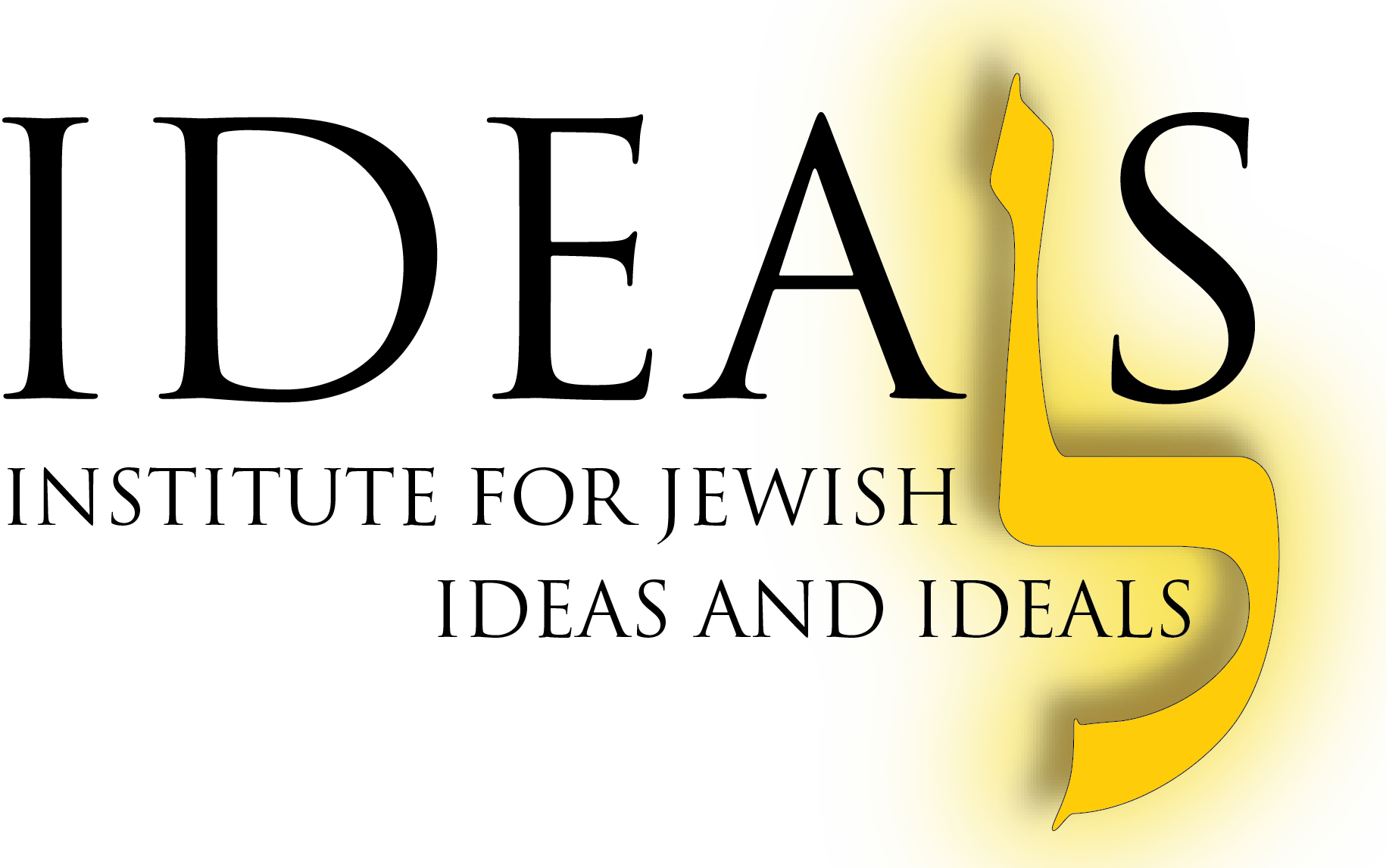An Inclusive, Compassionate View on Conversion to Judaism
One of the great rabbinic sages of the 20th century was Rabbi Benzion Meir Hai Uziel (1880-1953). A profound scholar from a distinguished Sephardic rabbinical family, Rabbi Uziel served as Israel’s Sephardic Chief Rabbi from 1938 until his death in 1953.
